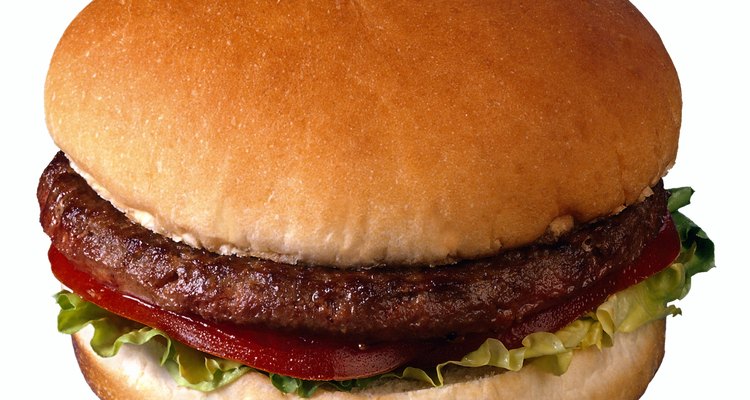
Brand X Pictures/Brand X Pictures/Getty Images
When diners and soda shops were in their heyday in the 1950s, hamburgers soared to new heights of popularity. Teenage customers could afford a burger and have enough money left over for a malted, an ice cream soda or a milkshake. Hamburgers still top the list of many Americans' favorite meals and are easy to cook and serve 1950s style.
Size and Shape
In the 1950s, a popular hamburger patty-making gadget for home cooks included recipes calling for one pound of hamburger for six patties, which made each patty weigh approximately 2.6 ounces before cooking. Since the patties were so light in weight, they had to be flattened into very thin disks to allow for shrinkage and still cover the bottom of the bun. The thin, small size helped the burger cook quickly and evenly.
Texture and Fat
People were not very concerned about meat texture and fat content in the 1950s. Hamburger meat was labeled as such and sometimes contained ingredients that precluded it from being called "ground beef." The grind was typically fine to medium and the fat content was typically around 30 percent. To recreate a retro hamburger so juicy you need several napkins while eating it, use finely ground beef with a substantial amount of fat.
Cooking Method
There were no electric griddles that let the fat run off burgers during cooking in the 1950s. If you ordered a hamburger in a restaurant, it was typically fried on a large, flat-top grill also used to cook bacon, eggs and other fried foods on the menu. Home cooks generally cooked burgers in aluminum, stainless steel or cast iron skillets that let the burgers cook and brown in their own fat.
Buns
To replicate a 50s style hamburger, serve it on a plain white hamburger bun with no seeds or healthy ingredients that compete with the flavor of the meat or condiments. Leave the bun untoasted so it can soak up the juiciness of the burger.
Condiments
Burgers of the 50s were usually offered three ways: plain, with cheese, or deluxe. Plain got you a patty on a bun; with cheese included one slice of American -- the only choice -- cheese; and deluxe included lettuce, usually shredded, a slice of yellow or white onion, and a tomato slice, all piled on top of the meat patty. Progressive burger joints of the era sometimes offered a homemade topping of grilled onions cooked soft in a little oil, and ketchup, a simple relish-like condiment you can prepare at home.
Related Articles

How to Cook a Frozen Burger in a Skillet
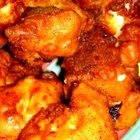
What Is Popcorn Chicken?

How to Cook Lean Hamburgers
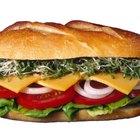
Substitutes for Ground Meat
50s & 60s Party Appetizers
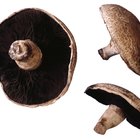
How to Broil a Portobello Mushroom

How to Cook Goetta
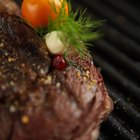
What Is a Chateau Cut?

How to Cook With Havarti Cheese

List of Cuban Foods

How to Make Carnitas

Cooking Scramble Burgers
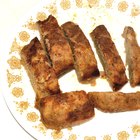
How to Make Stuffed Derma
Cooking Hamburgers for a Large Group

What Are Pork Cutlets?

Victorian Banquet Menus

How to Cook Bison Burger
Ideas for a Menu With Bratwurst
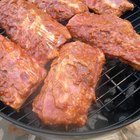
How to Cut Country Style Pork Ribs

Ideas for Smoked Gouda
References
Writer Bio
Cassie Damewood has been a writer and editor since 1985. She writes about food and cooking for various websites, including My Great Recipes, and serves as the copy editor for "Food Loves Beer" magazine. Damewood completed a Bachelor of Arts in English with an emphasis in creative writing at Miami University.
Photo Credits
Brand X Pictures/Brand X Pictures/Getty Images